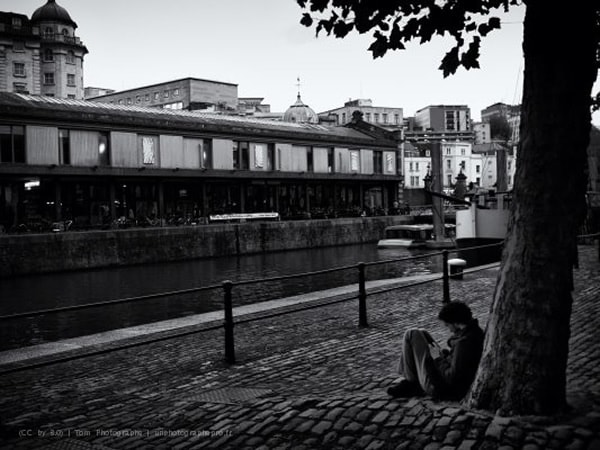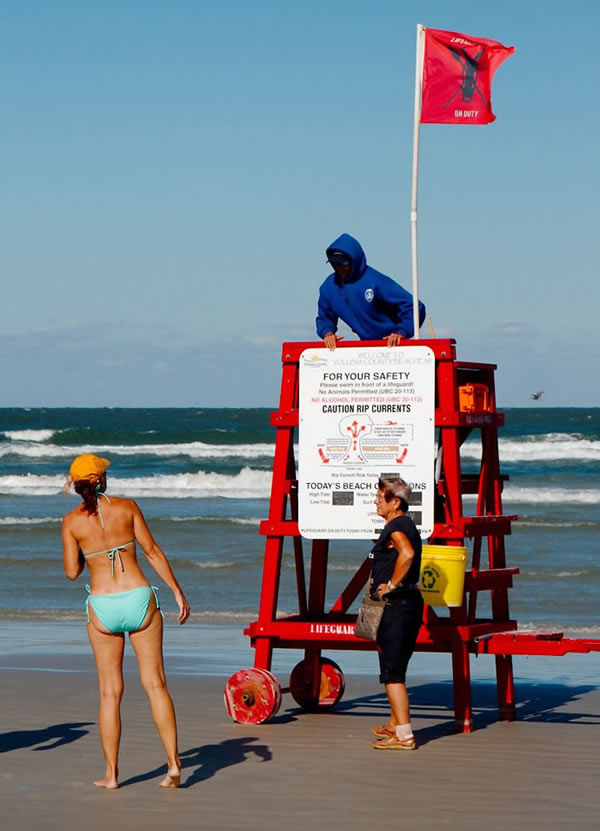Street Photography – Developing Your Style
Street photography is fun, it’s fast-paced and almost a rite of passage in photography. Many top portrait photographers got their first experience with capturing images of people out on the street with a camera taking pictures of complete strangers.
Yet there are many photographers who hesitate to take their camera out on the street and that’s too bad because there’s a whole world of amazing images right in front of you every day. The sidewalks in a major city are like a river that flows interesting people and compelling photography.

Street photography is fun and you can find some compelling images – By Tom Photographe
When it comes to street photography there are two basic schools of thought that I call Ask and Don’t Ask. One involves asking people if they’re comfortable having their picture taken and respecting their wishes if they would rather not. That style is typified by photographers like Clay Enos, who will sometimes even go to the trouble of setting up a piece of white background paper and a strobe for his street photography which might actually be better called street portraiture.
The other style I call Don’t Ask is typified by photographers like Eric Kim. Instead of asking, Eric has a hand-held flash on a wireless trigger and quickly moves from one subject to the next, getting his shot and moving on before they have time to object or even know what’s going on.
Both style have advantages and disadvantages and you don’t necessarily have to lock yourself into one or the other.
Know Your Rights
The first step before venturing out on the street is to know your rights as a photographer. We’ll talk more about this in later articles, but for right now the big one you have on your side is that there’s no expectation of privacy in a public place and the courts have consistently upheld that position, except where security is a concern at military, government or sensitive industrial facilities.
In the majority of cases when you’re on a public sidewalk, no one can tell you that you can’t take pictures or ask you to delete photos you’ve already taken. When you think about it, anyone walking down a public street is already being photographed and recorded by security cameras hundreds of times a day. Every time they use and ATM, walk past a large office building or walk into a store their image is turning up in an archive that is, in some cases, being sold to companies that consolidate huge volumes of security video, apply facial recognition software and track the movements of individual consumers. The reason they’ve been able to get away with doing that, at least thus far, is that no one really notices the cameras and, for the most part, don’t know what’s sometimes happening to the archive footage.

I don’t ask to shoot pictures at the beach.
Yet even people with poor vision can see you and that big ‘ol DSLR and fat lens you’re hulking around and some people are uncomfortable around cameras. The discomfort is the primary reason I’m usually in the Ask group, but not always. In some situations, like at the beach when there are a crowds of people milling around, cameras are not at all out of place. Another time I was out on a small island and came upon another couple fishing and sunbathing. I did ask them because the sight of someone taking pictures from the palm brush might have aroused some suspicion and it just seemed a little creepy. They were fine with it and appreciated that I asked.

I asked before taking this picture and the couple was fine with it.
Even though you don’t have to ask anyone to take pictures outside, don’t be afraid to ask. You’ll be amazed how many times people say yes and I’ve even ended up making new friends that way. If you think the shot has commercial appeal, you’ll need them to sign a release and the positive contact you made by asking might be enough to convince them to go the extra step and sign a commercial release.
Tips For Getting Started
- If you’re nervous about getting started in street photography, join a local photography club and go on a photowalk. Being there with three or four other photographers will give you confidence and you won’t feel so out of place.
- Another tip, especially if you’re in a strange city, consider hiring a photography guide. A good guide not only knows the spots for the best pictures, they’ll also be able to show you the best spots for street photography and help smooth over any ruffled feathers.
- You can always take a photography class at a local community college or university. Very few people are going to be annoyed at photography students out shooting their homework.
And for you people in Los Angeles, if Clay Enos asks if he can take your photo, for crying out loud stop and let the man do his thing. He’s one of the top photographers in southern California and it would cost a fortune to get him to take your picture in the studio. Even if it’s not Clay Enos, maybe consider giving street photographers a break and let them take your picture.
